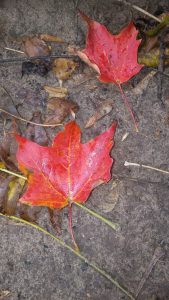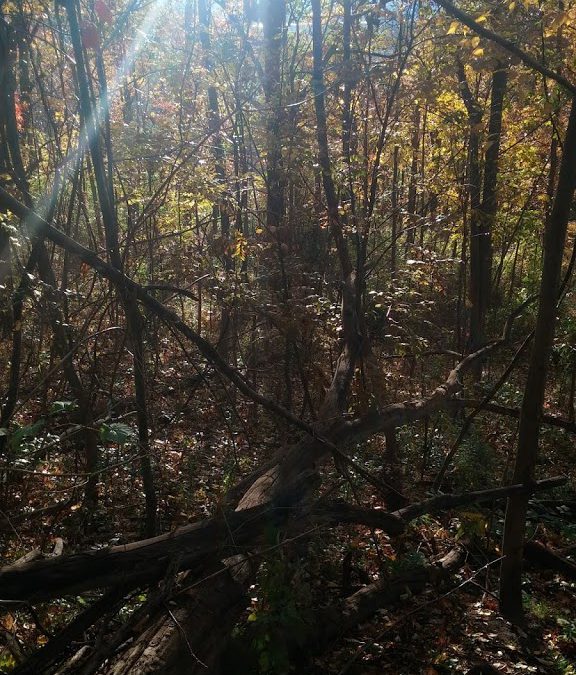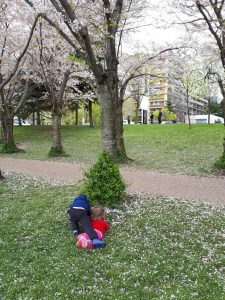I have been reading a book about trees off and on for a while now. I like it because I can pick it up anytime and leave it for months before finding it again. Today I found it while my youngest was snuggling in for a nap.
So, the underlying “science” is that trees spend their time growing and producing nutrients and sharing what they create with their fellow trees, particularly their “family” members and other species that are “friendly”.
In the late summer, sometimes even end of July, trees begin to cut back their production for themselves and their “family” and “friend” trees. They have worked hard to provide for themselves and others and their tree bodies are full and heavy so they start to conserve their energy. They prepare for a survival through an environment that will be cold and dark for a while, followed by a new season of growth.
Did you know that a deciduous tree’s version of “dullness” is actually autumn? The removal of chlorophyll from their leaves makes them “dull” by tree standards and the remaining colours, which were always present, are now the ones we see. Their green life is gone.
These colours of early autumn are still bright to our eyes and the eyes of insects who are looking for bark to burrow in for the winter. The more intense tree dullness (brighter Autumn colours) indicate health and strength and signal to bugs to find a less healthy tree to winter in so that they will not be subjected to the tree’s defenses.
A deciduous tree is relatively new (and innovative) in comparison to coniferous trees. They go dormant and suspend their growth and require cold to germinate and their lifespan decreases if they are not able to move through their natural dormant periods. They need to have a period of time when the water is drained from their branches and trunks (water in branches and trunks in freezing weather would kill the tree). Dormancy allows for a plant’s survival in its environment.
The strongest contrast between dormancy and life are trees in the cherry family. Trees in the cherry family begin to “dull” in July, germinate in the cold, and they are among the first tree to blossom in the spring. My favourite is the Service Berry with it’s orange-red autumn leaves – so beautiful.
The spring blossoming is also breathtakingly beautiful. In Japanese culture, the cherry tree and blossom, (sakura), has been a symbol that life is both spectacularly beautiful and awesomely short. The cherry tree kind of represents the great contrast between death and renewal, fragility and beauty, hope and pain.
To my friends who are feeling tired and quiet, dull and heavy, drained… perhaps we are just trees responding to our environment, preparing ourselves for the future? Maybe instead of pushing against these feelings, it would be helpful to simply sit with some “friendly” trees who are starting to feel dormant themselves? Perhaps we will feel comforted by our connection and shared experience??
My blog posts usually emerge in a burst and I don’t always remember what I was reading that inspired me. I just know that I’m always reading something, even if it is short or frivolous. Today’s blog I actually kept track of some of my reading inspiration. Not all of it but some. Here they are.
Why do plants go dormant in the winter
How do trees survive winter
The Hidden Life of Trees by Peter Wohlleben


